
What must a military sidearm possess to become legendary? Raw stopping power, perhaps some decades of service in combat, or is it confidence-inspiring power that makes the wielder feel invincible? The American military past provides some fascinating insight into how some handguns came to represent American military heritage.
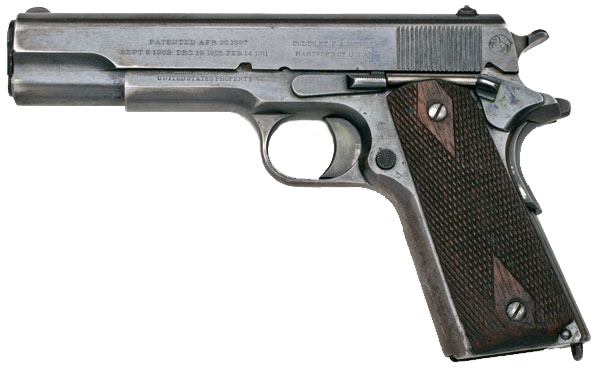
Over 250 years of service, the Army has fielded more than a dozen pistols and revolvers each an iconic representation of its time. Some became legendary for winning wars, and others are remembered because they brought innovation to firearms technology. This top-five rundown takes its information from historical documents, expert opinions, and battlefield reports to determine the five most influential sidearms ever issued to American soldiers. Specifications aside, readers can look forward to history and innovation behind the guns that entered military legend.
1. M1911/M1911A1 .45 ACP – Browning’s Masterpiece
The M1911 was a product of the Army’s sheer desperation for more stopping power following the Philippine-American War, which found .38-caliber revolvers wanting. Conceived by John Moses Browning, it survived a ruthless 6,000-round torture test without batting an eye, outwitting rivals such as the Savage Automatic.
Adopted in 1911, it was the first semi-automatic pistol issued-stock to American servicemen. Steel and .45 ACP-chambered, it combined reliability, accuracy, and stop-power ballistics that were World War I, World War II, Korean, and Vietnamese decisive.
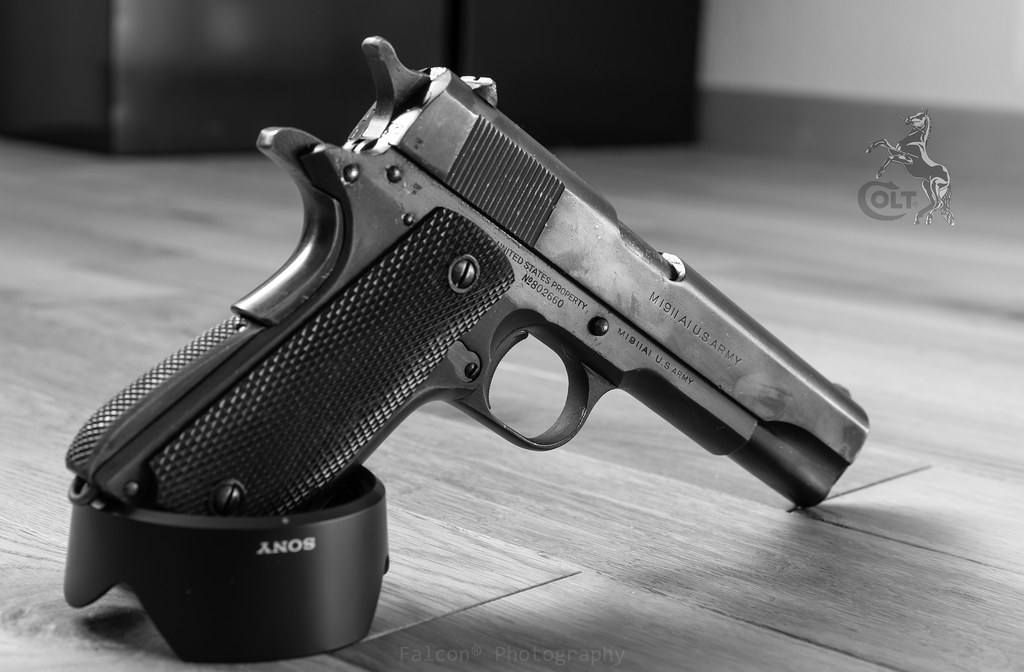
The 1926 M1911A1 redesign incorporated an arched mainspring housing, reduced trigger pull, and better sights, without increasing the fundamental design’s ergonomic functionality. Field reports attributed it to killing enemies with fewer rounds than lower calibers. Its close to 75-year lifespan, a credit to Browning’s genius. Years after formal retirement in 1985, the M1911 is still a shooter’s pet and an army historian’s pet, a quintessence of American ordnance’s resilience.
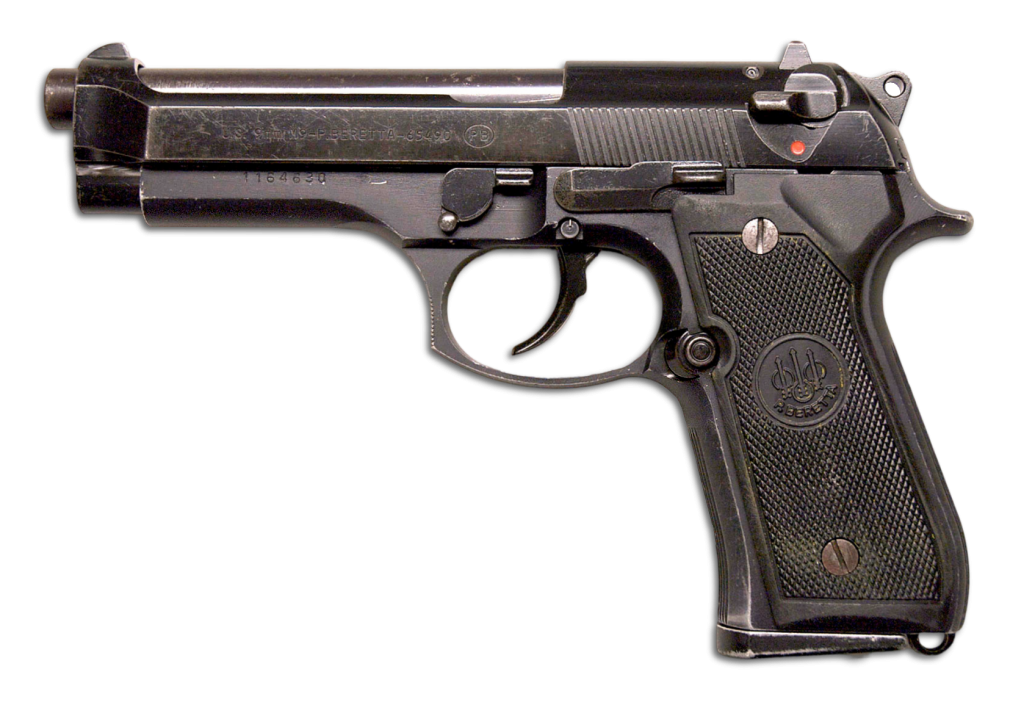
2. Beretta 92FS/M9 – NATO Standardization and Modernization
Its replacement, the M1911, was no easy feat. The Beretta 92FS, selected as the M9 in 1985, resulted from contentious tests to standardize a 9×19 mm pistol for the NATO. The XM9 contest saw the Italian design best the SIG Sauer P226 on price, though both passed tough reliability testing Beretta with 1,750 mean rounds between failure under arid conditions.
The M9’s aluminum stock, 15-round box magazine, and double-action/single-action trigger provided less recoil and quicker follow-ups than its predecessor.
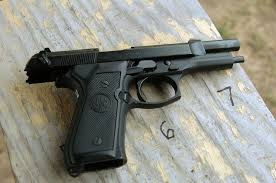
Combat use in Panama, Iraq, and Afghanistan subjected it to ruggedness tests, albeit with moments when maintenance failures sullied its reputation. Marines appreciated the MIL-STD-1913 rail and sand-insensitive magazines of the M9A1 variant for desert warfare. Others, such as authorities Ken Hackathorn, referred to it as “the most trustworthy pistol I ever used,” but others questioned its 9 mm NATO chambering compared with .45 ACP stopping power. Its 33-year reign made it a bridge between Cold War steel guns and modern modular sidearms.
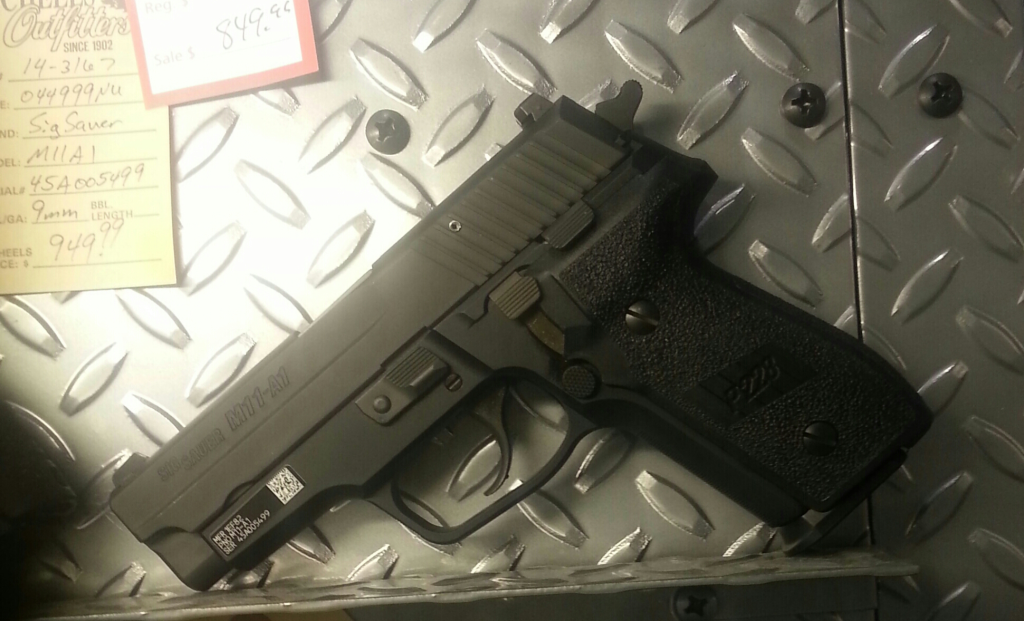
3. SIG Sauer M11/P228 – Investigators’ Compact Reliability
The M11, a lesser-than-full-size military variant of the SIG Sauer P228, occupied a niche the full-size M9 couldn’t: lighter, more concealed sidearm for special and investigative duty. Adopted near the beginning of the 1990s under the Compact Pistol Program, it armed Army Criminal Investigation Division agents for approximately 25 years.
Aberdeen Proving Ground testing was typical three P228s fired 15,000 rounds with one malfunction. Double-action trigger, 9 mm chambering, and 13-round capacity equaled safety with punch. M11’s ruggedness and accuracy made it the mission-hardened sidekick of choice when discretion and dependability were paramount.
While never issued to troops as standard equipment, its long service in special-purpose use is testament to the Army’s understanding that mission-specially built devices are as essential as standard-issue infantry rifles.

4. Colt Single Action Army “Peacemaker” – Frontier Legend
First introduced in 1873, the Colt Single Action Army (SAA) was the standard sidearm of the Army through 1892 and used a .45 Colt cartridge. Adopted after previous designs such as the 1871–72 Open Top were rejected, the SAA topstrap frame and stout cartridge proved superior testers Capt. John R. Edie proclaimed it “superior in all respects” to the Smith & Wesson No. 3.
The SAA’s even balance, rugged build, and versatility to an array of barrel lengths made it a favorite among soldiers, lawmen, and citizens alike. It was used from the Indian Wars to the Spanish-American War, famously used by the likes of George Patton and Theodore Roosevelt. Its nickname, “Peacemaker,” made it a lasting icon of America’s West.
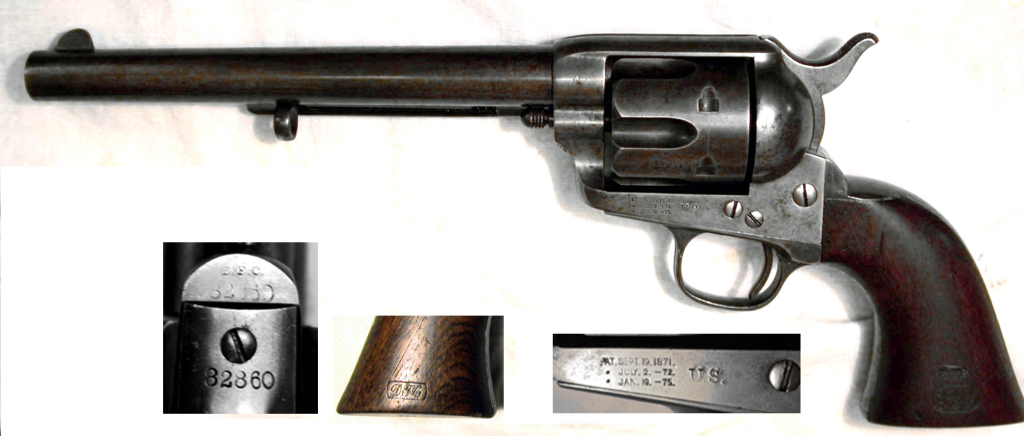
Even in retirement from active duty, the SAA’s influence extended as far as the Westerns and production for civilians, celebrating 150 years of unremitting manufacture a Firearms milestone few achieved.
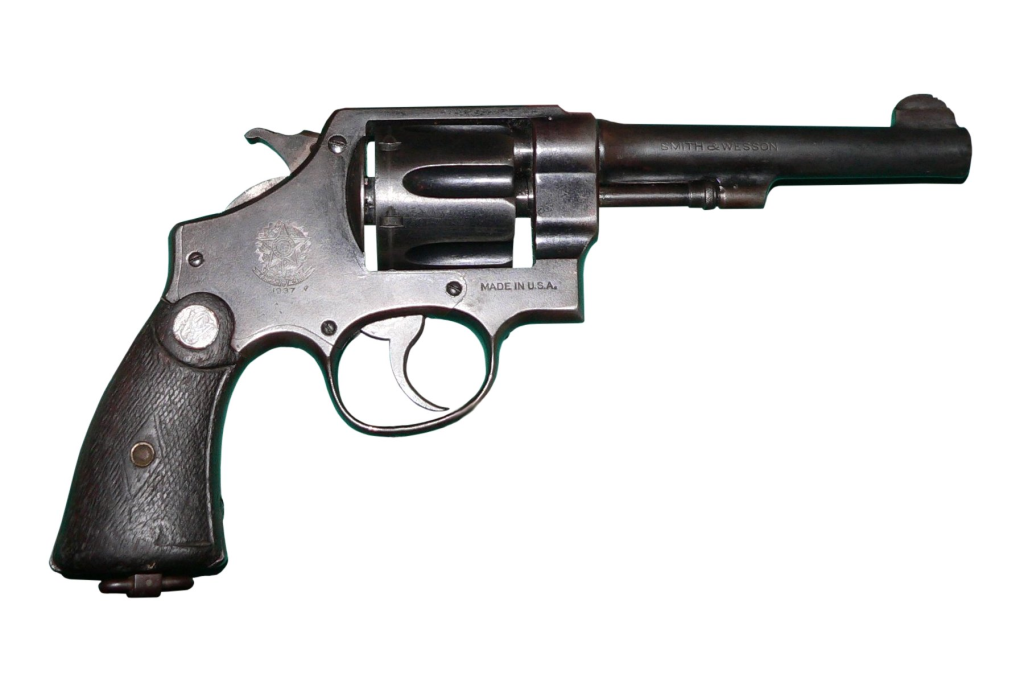
5. Colt & Smith & Wesson M1917 Revolvers – World War Stopgaps
When the United States entered World War I, manufacture of the M1911 could not meet demand. The Army used Colt’s New Service revolver and Smith & Wesson’s Second Model .44 Hand Ejector, both modified to fire .45 ACP employing “half-moon” clips. This development enabled rimless cartridges to be loaded and ejected effectively in revolvers.
In 1917-1919, Colt made more than 150,000 and S&W more than 153,000. They were tough and worked, as good as the M1911 ballistics. They saw action in WWI and afterward took on responsibilities in WWII, especially with Military Police. Testimonies, like Pvt. Richard Lyman’s reluctant defense using an M1917 in Europe, confirm their value on the battlefield. Although meant to be temporary measures, their utilization during several decades of warfare proved the merit of flexible designs to serve short-term military requirements.
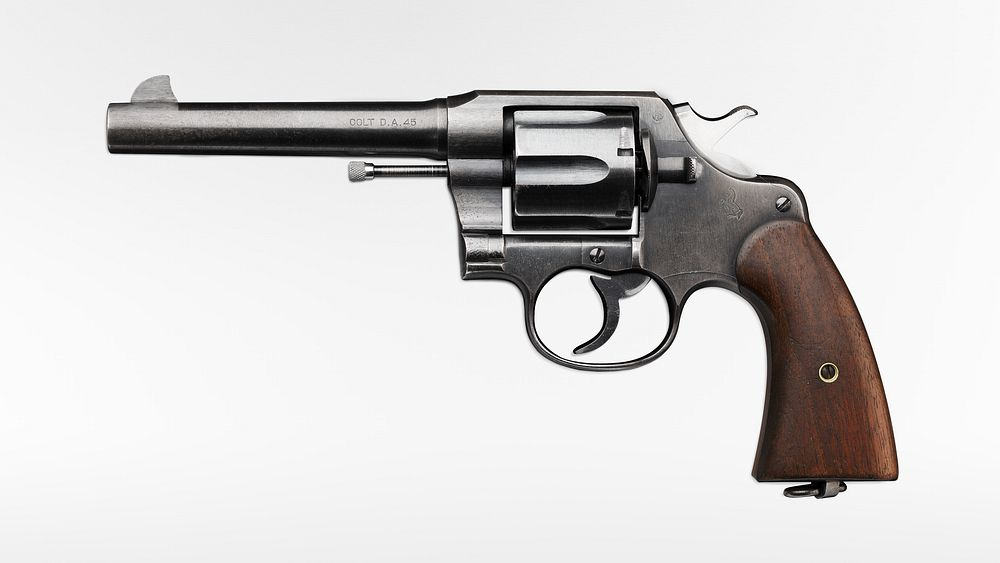
From blackpowder to polymer frame, these five sidearms chronicle U.S. Army handgun doctrine each responding to its era with unique strengths. Through unprecedented longevity, battlefield creativity, or cultural symbolism, they gained reputations that outlived their years of service. In remembrance, one does not view mere guns, but moments in the Army’s saga of continual adaptation and achievement.


